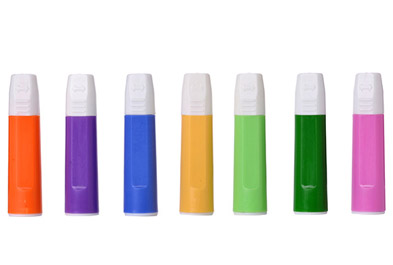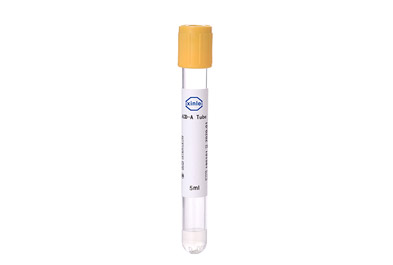The blood collection order of the Vacuum Blood Collection Tube will have different standards in various countries. With the convenience and popularity of the vacuum blood collection tube, it has gradually replaced the previous syringe blood collection, but not everyone knows the correct blood collection order. The blood collection sequence, including the blood collection sequence provided by the blood collection tube manufacturer, may not be correct. Blood Collection System Supplier has organized some content, let's take a look together.
Blood Collection Tube
According to health industry standards:
If several specimens are to be taken at one time, the following sequence of blood collection should be recommended:
a. blood culture tube;
b. No additive tube;
c. Coagulation test tube;
d. Tubes with additives (blood is collected from different additive tubes in the following order: 1. citrate tube; 2. heparin tube; 3. EDTA tube; 4. oxalate / fluoride tube).
Another criterion:
1. Blood collection for blood culture 2. Blood collection for serum 3. Blood collection for citric acid 4. Blood collection for heparin 5. Blood collection for EDTA 6. Blood collection for placing glycolysis inhibitor
First: Blood culture tube Second: Hemagglutination tube Third: Serum tube Fourth: Heparin tube Fifth: EDTA Sixth: Glycolysis inhibitor
Here are a few principles to note:
1. Sterility requirements should be given priority, so blood culture blood collection should be taken first. The collection of blood culture samples requires strict sterility, and care should be taken to avoid contamination by external factors, and various vacuum blood collection tubes are not strictly sterile. If blood is collected into the vacuum blood collection tube first, the needle may be contaminated. When the blood culture specimen is collected again, the specimen may be contaminated, thereby affecting the blood culture result.
2. Additives cannot contaminate without additives, so red-headed tubes without additives are placed in front of other tubes containing additives.
3. Additives should also be distinguished. The additive composition has a large impact on other tests. The order is that it cannot affect subsequent experiments. The test of coagulation function is higher, so the blue head tube is in front. In addition, there are reports in the literature that if the first tube is used to test the coagulation function, it will affect the experiment, and there are reports that the impact is not significant. The CLSI standard also changes this requirement. Functional experiments, said for a while, can be done with the first tube. So it is best to use a second tube for coagulation experiments.
Our company also has Blood Collection Tube on sale, welcome to consult.

Pulished on Jun. 24, 2020

Pulished on Jun. 16, 2020